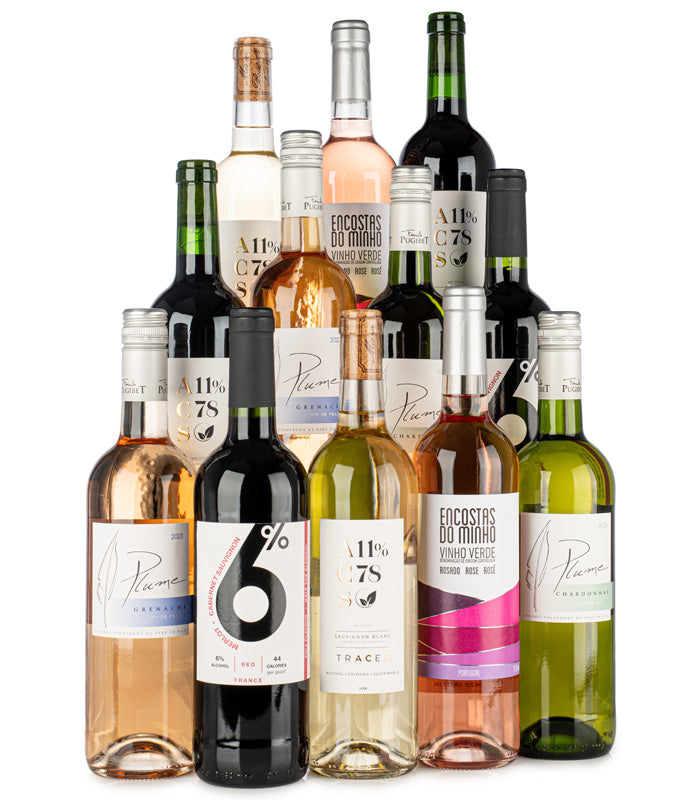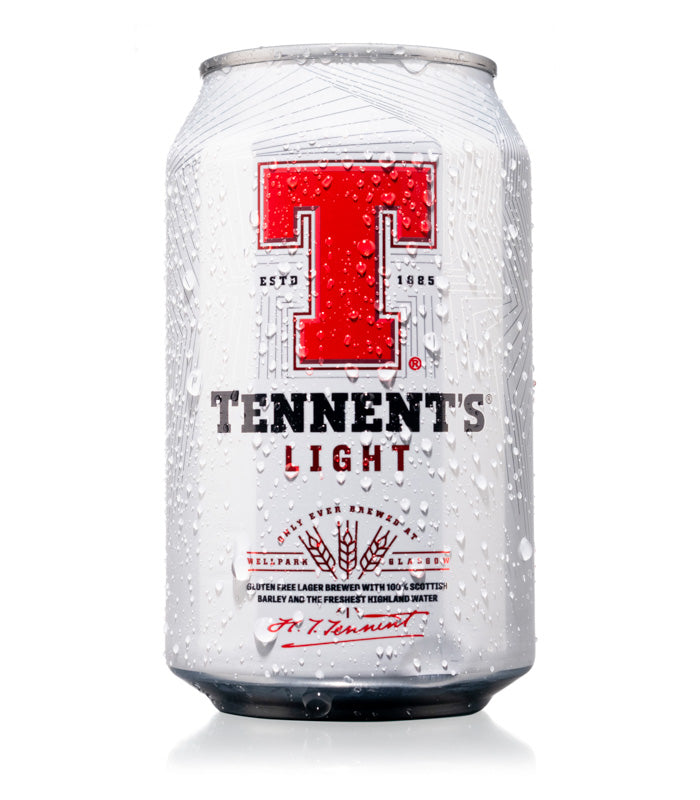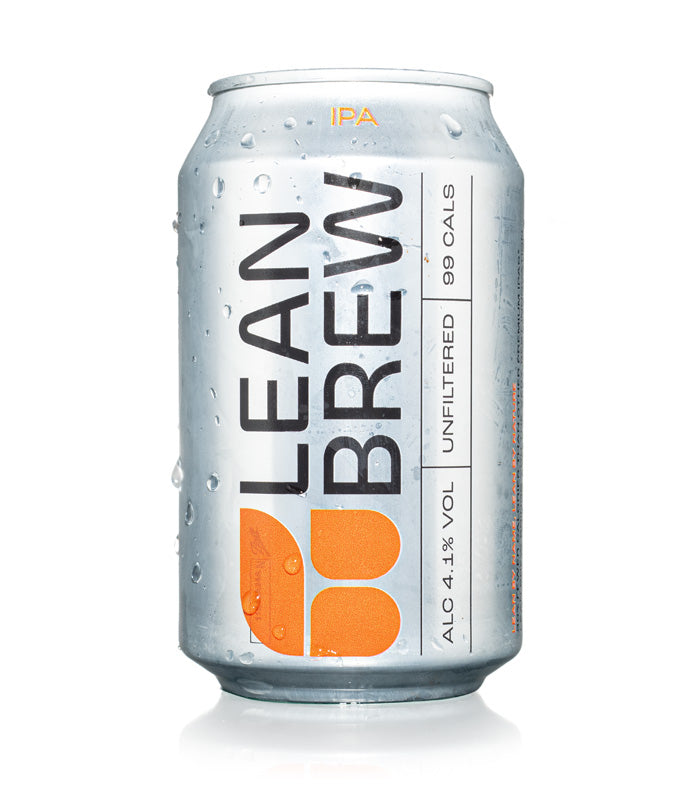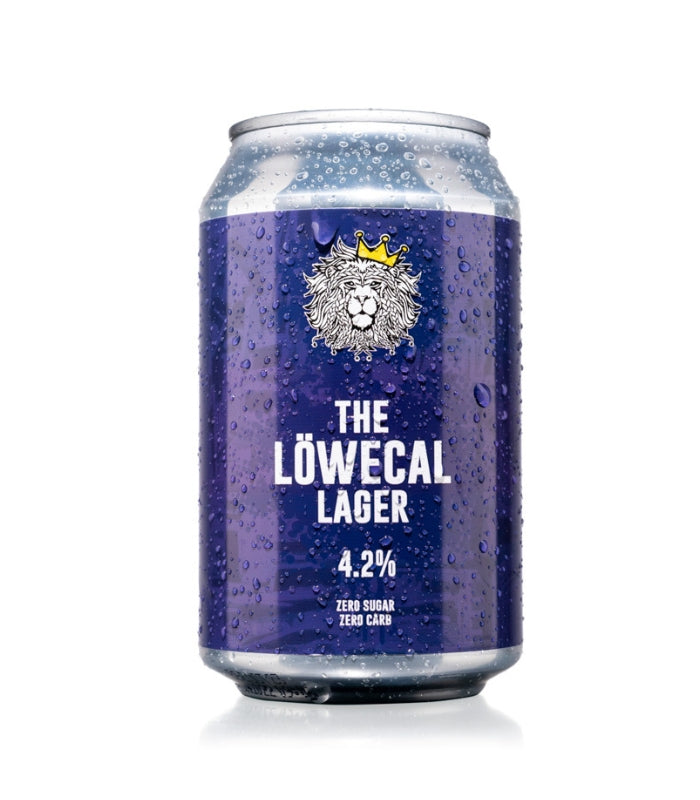-
ZERO SUGAR WINE
-
ZERO SUGAR WINE
ALL WINE
-
SHOP BY WINE TYPE
-
SHOP PRE-MIXED CASES
-
SHOP BY DIETARY REQUIREMENT


Limited Edition Autumn Case
£129.99 £138.88
TRACES WINE
-
-
LOW CARB BEER
OFFERS
WINE CLUB
LOYALTY






Drinkwell is the home of lower-calorie alcohol. We bring together the best lower-calorie beers on the market and all the information you need to make the right choices for your lifestyle. Explore our blog for more.
Find out how many calories are in a pint of some of the UK’s most popular lagers compared to some of our revolutionary new products crafted to help beer lovers reduce their waistlines. DrinkWell is the industry leader in lower-calorie alternatives and everything booze-related.
Whether it be after work, the start-of-the-holiday, or with a burger, many of us get great enjoyment out of drinking lager. In fact, some may go as far to say it is the highlight of their week and a staple part of British culture. However, there is no hiding from the fact that drinking lager adds a little extra to the waistline – the term ‘beer belly’ is certainly not a myth!
In this blog, we will look at the calories in some of the nation's most popular lagers and offer up some lower calorie alternatives available to purchase from Drinkwell.
Calories in Popular Lagers
On average, a pint of 4% ABV lager contains around 180 calories, which is about the same as a slice of pizza. To burn off these extra calories, you would have to do 14 minutes of running, 17 minutes of swimming, 20 minutes of football or 44 minutes of walking! For a bit of perspective, research in The American Journal of Clinical Nutrition shows that men consume an extra 433 calories on days they have just a couple of drinks - that’s a lot of walking needed!
The reason that lager contains so many calories is because alcohol is made by fermenting and distilling natural starch and sugar. For this reason, as a general rule of thumb, lagers with a lower ABV tend to also have fewer calories. All drinks that contain alcohol will contain calories, even if they do not contain any carbs. However, even if a lager is non-alcoholic, it is still impossible to remove all of the calories. In some cases, the non-alcoholic version of mainstream drinks may contain more calories and sugars than their full-strenght equivalents. The table below provides a handy comparison of calories in some of the lagers you might find in your local pub.
Skinny Lager Vs. UK’s best sellers
Lager
ABV
Calories in a pint
Calories Content vs. Skinny Larger
*Calories according to manufacturer website or MyFitnessPal
Skinny Lager is between 20.2% and 59.4% lower in calories than the UK’s leading draught lagers according to our own independent research. This is all managed whilst being completely gluten-free, kosher and vegan. But how does Skinny Lager manage to be the healthy alternative without compromising on flavour?
How is Low Calorie Lager Made?
As an ever increasing number of us like to keep a watch on our calorie intake, brewers are slowly introducing lower calorie lagers to their range. Some - like SkinnyBrands - are wholly dedicated to bringing lower calorie options to the market. But what exactly goes into making a low calorie lager?
The calories in lager come from carbs and alcohol. To reduce the calorie content, brewers either have to reduce the alcohol content or reduce the carbs. For drinkers that don’t mind an alcohol free beer, zero or very low alcohol lagers offer a suitable low calorie option, but this is not to everyone's taste.
The good news is that the compounds that give most lagers their flavour don’t contain calories. This means lower calorie lagers don’t need to also be low taste if they are made correctly.
SkinnyBrands are a brewer that has refused to compromise on flavour and quality, whilst still offering a reduced calorie alternative. Their Premium Lager uses a special brewing process which removes residual sugars from the liquid without reducing the ABV. It took them over a year to refine the recipe, with multiple recipe changes and test brews to make sure the product is offering a lower calorie, but not lower taste or lower ABV, option.
The result is a refreshingly malty premium lager, that’s full of flavour, 4% ABV and only 89 calories per can whilst also being vegan, gluten free and kosher. The lager provides around 35% fewer calories than other premium lagers on the market and contains just 1.5g of sugar and 3g of carbs per 330ml. You can buy Skinny Brands Premium Lager over on our dedicated page for £31.49 for a pack of 24 330ml cans or bottles.
Why not browse the whole DrinkWell beer collection, for a delightful range of lower calorie beers.
Buy Now